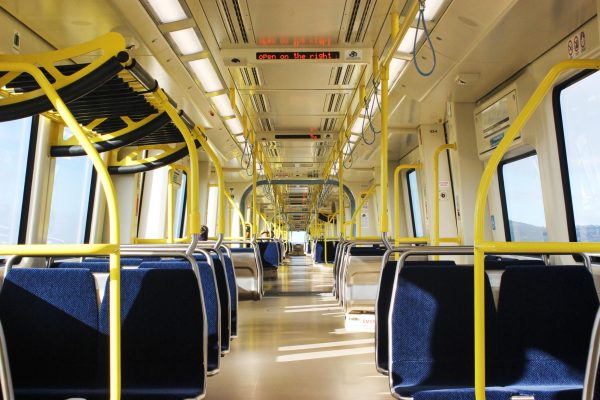
It’s been 10 months since the almost $10 billion Honolulu Skyline rail system first opened, and many are left pondering why ridership numbers are low.
On average around 3,200 to 3,300 people use Skyline. When Skyline first opened in July 2023, the state’s Department of Transportation was projecting to see a daily average ridership of 8,000 to 10,000 people by the end of 2023. The first two months of service had the highest average ridership, and the first week of riders had nearly 72,000 passengers for free rides. But once people had to pay, that number significantly dropped.
“I mean, when it first opened, I think everybody was just trying to see what it was like,” said Kendrick Tokuda, a Leeward Community College student. “So it was kind of busy. But I think now that everybody’s kind of gotten a taste of it, it’s kind of slowed down. I think just because of where the train is going and the locations that it stops at.”
Students like Tokuda are one of the main groups who actually use the rail system, specifically Leeward and UH West O’ahu students. However, even that group remains small.
“Every time I’ve gotten on it, I could count on one hand, how many people is in there with me,” Andy San Miguel, an LCC student said. “The most I’ve seen is like 10 people in there. And they’re all students, every single one of ‘em coming here.”
Roger Morton, the Department of Transportation Services director, said that his agency is trying to get people under the age of 25 to use the Skyline and bus systems because he wants to break down the barriers and make traveling via public transportation less intimidating.
“My objective really, is to introduce younger people to public transportation,” Morton said.
Transportation Services cannot track the exact number of students who use their UH ID to ride the Skyline, Morton said, but in the past 12 months, the DTS tracked 1.15 million student bus riders specifically from UH Mānoa.
The UH West Oahu station has about 335 train trips a day, and the Leeward station has about 130 trips, one of the lowest tractions at the stations, Morton acknowledged.
UH Mānoa has a mandatory U-Pass program, meaning every student pays $50 a semester for a HOLO card that is attached to their school ID. LCC and UH West Oahu do not have the U-Pass program, but students have the opportunity to opt in for $225 a semester.
“We would like to expand that type of program to UH West Oahu and to Leeward, and we’re in discussions with some of the students in those schools that would like to have a similar program,” Morton said.
Despite only the first out of three phases of the Skyline being open, from East Kapolei to Aloha Stadium, some students are finding it more convenient than expected.
“It was more efficient than I thought,” Miguel of LCC said. “I was definitely not a rail advocate. They come every 10 minutes. It’s clean. It’s a little slow, in my opinion. It could go a lot faster. But, it’s a smooth ride, and it’s always empty. So you pretty much have a pick of any seat you want.”
While some students claim that the Skyline connection is slow compared to national and international train times, it is still a significant timesaver for Oahu residents.
“I personally think that it’s quicker for me,” said Benjamin Gilbert, a Leeward Community College Student. “Because I know that if I’m riding the bus, and I missed the bus, I have to wait 30 minutes. If I missed the train, I only have to wait 10.”
The Department of Transportation is in the process of incorporating methods that would allow students at the UH Mānoa campus to use the rail effectively and efficiently, too. Morton said that the DOT is working to have a direct service bus that will take students from the nearest rail station to UH Mānoa’s campus without stops.
“We’re also considering in the morning and in the afternoon, when UH ridership peaks and it’s different than workers but, you know, probably most people I think like to get to campus about 7:30 or eight, and most people like to leave campus maybe between one and three,” Morton said. If introduced, he added, that service would only run a few times a day.
When asked when these one-stop services would be implemented, Morton said, “We’re planning to have our rail extended by the end of 2025. And so that could be, for example, a good time might be August of ‘25, or it might be December of ‘25.”
As the Skyline serves the needs of students, it still has limited hours, which can be a problem for people who have to work past 7 p.m.
“We don’t finish work at 7,” said Leanne De Leon, a UH Mānoa marine biology graduate student. “I just wish that it opened later, just in case if anyone wants to go into town or anything, they have that to rely on just to go back home.”
Work is continuing for the second segment of Skyline that will connect Aloha Stadium to Kalihi Transit Center. The next section of the rail is expected to be finalized by 2025. The third portion is currently expected to be finalized by 2031, finalizing the route from East Kapolei to Ala Moana Center. According to the March 2024 Progress Report, Honolulu Authority for Rapid Transportation, the work is on schedule with the expected deadline. The construction and design of the entire project is around 63.3 percent complete.
“(Leeward)’s not a common place that people are going to,” Tokuda, a student at LCC, acknowledged. “But I think once the second phase of the train opens up, it’s gonna pick up.”
— Justin Gardner contributed to this report
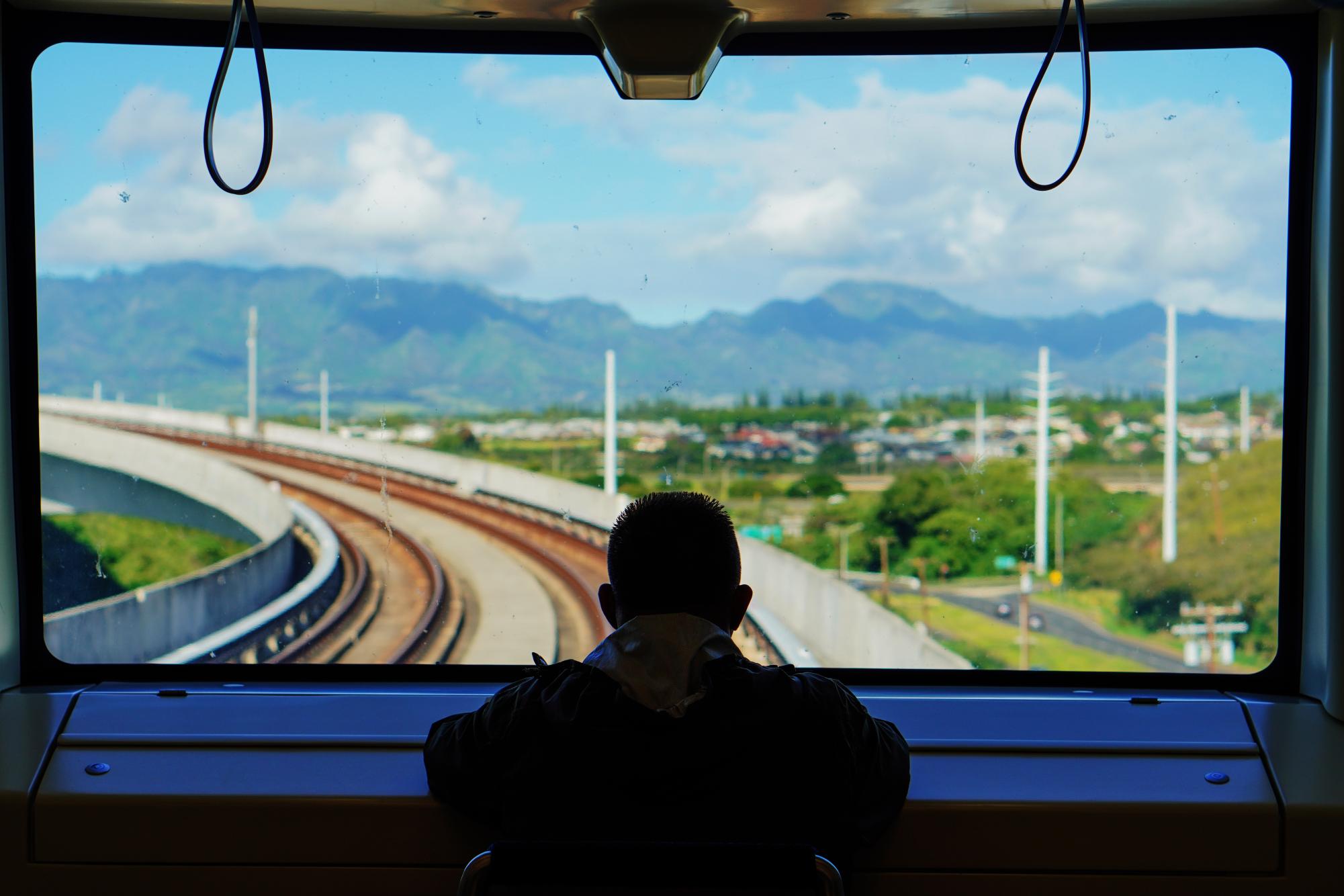

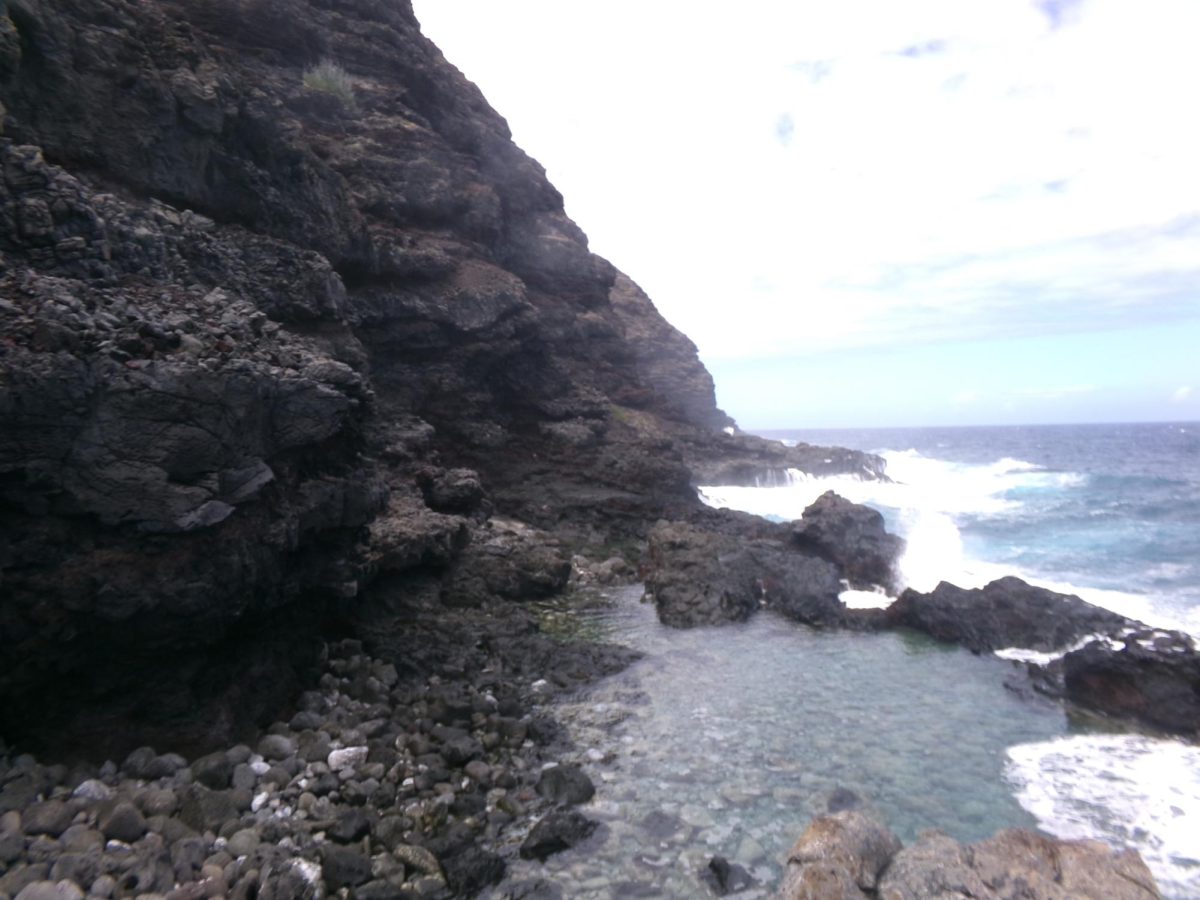
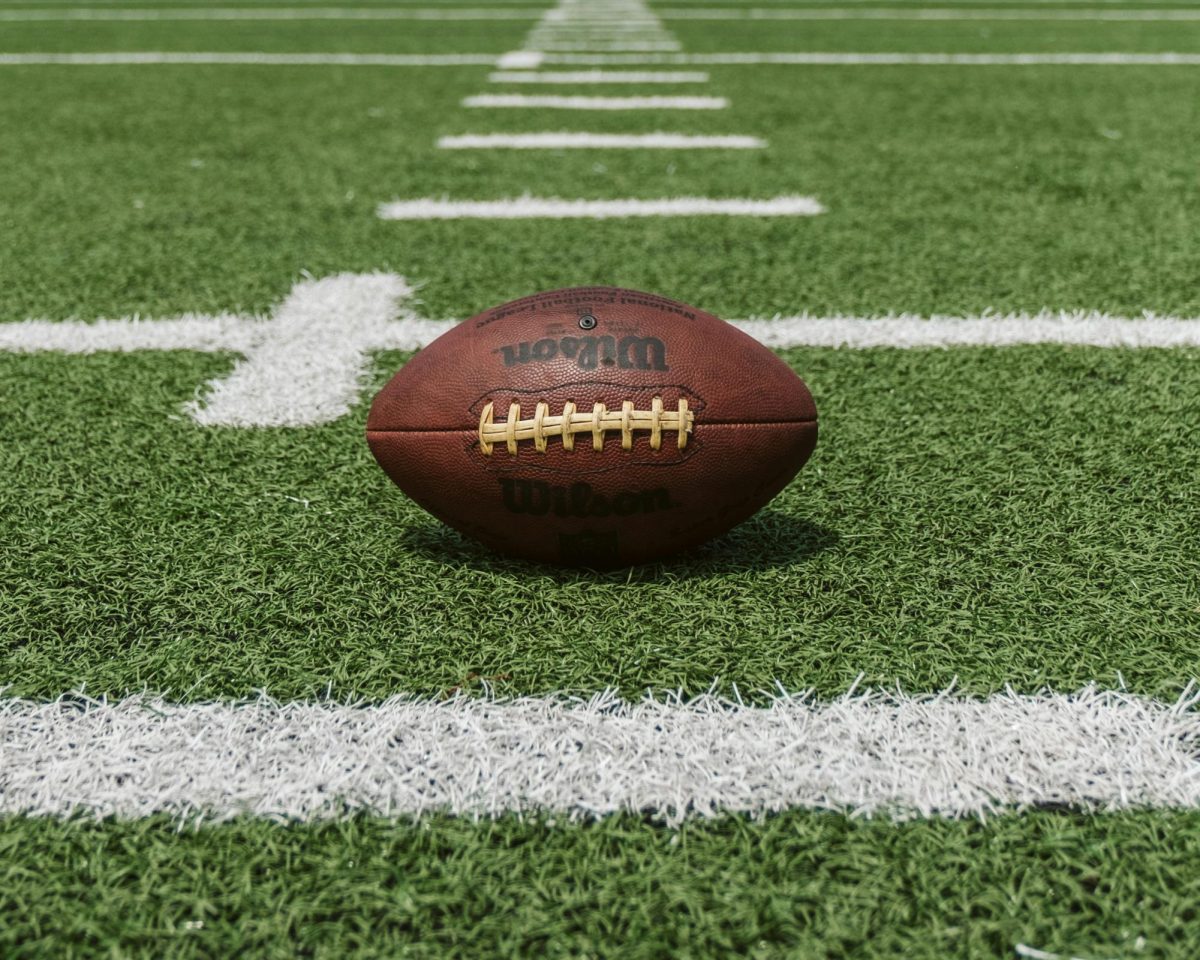
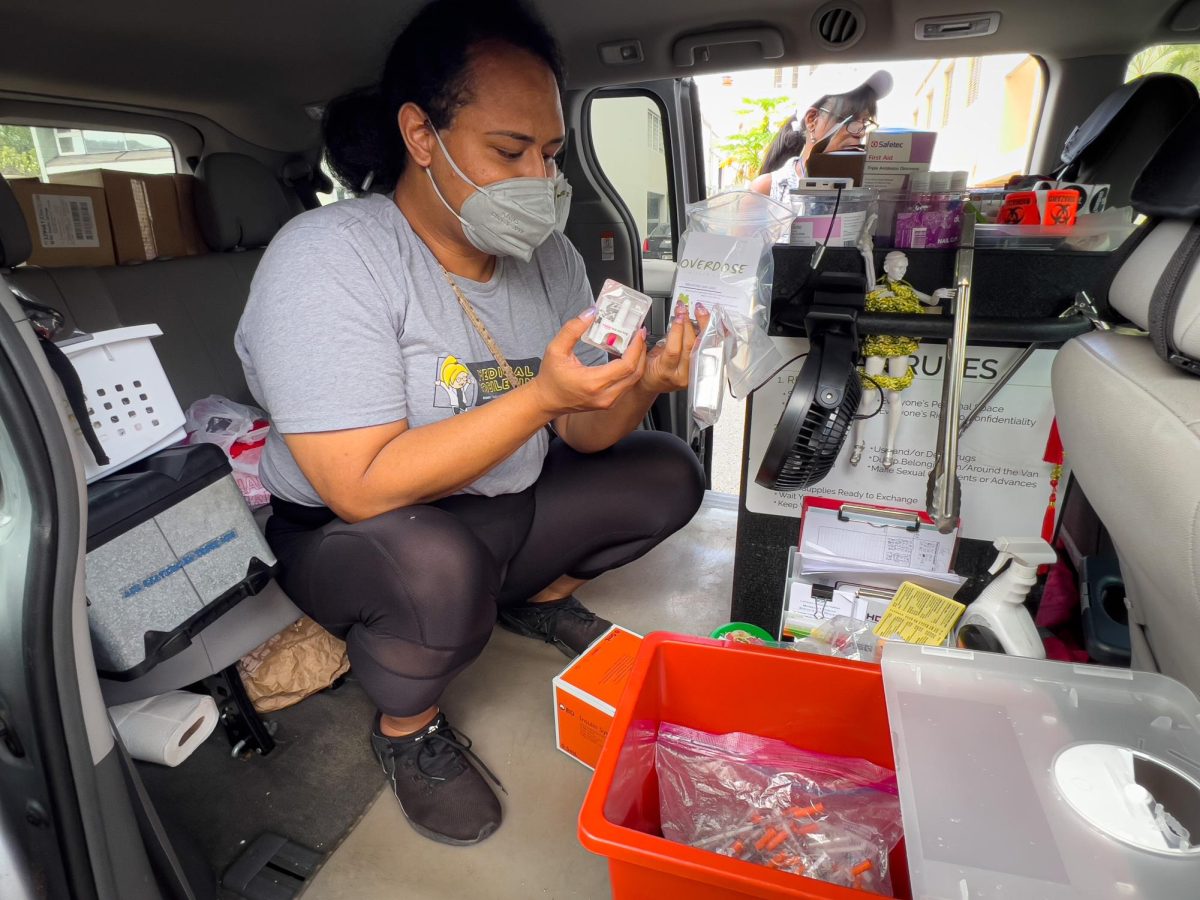

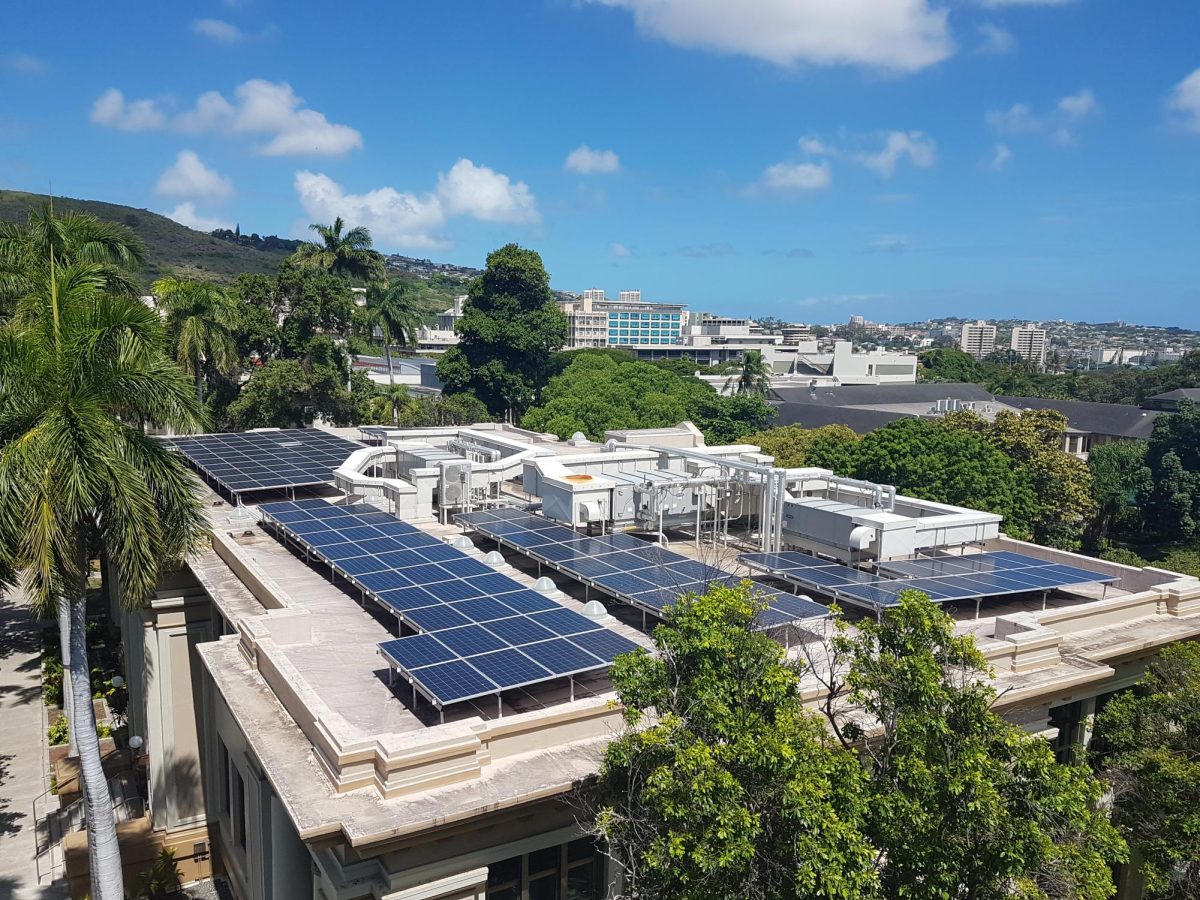
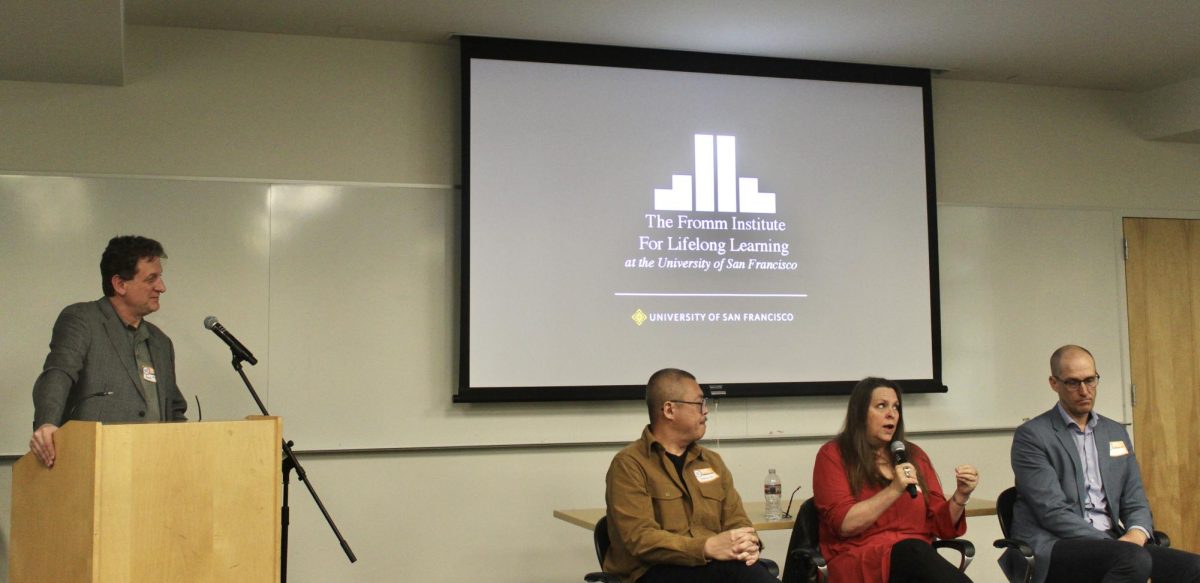
Dr Gonzo • May 8, 2024 at 1:18 pm
In February 19, 2006, the city said Kapolei to Manoa for $2.5 billion. On March 1, 2007, the city said Kapolei to Ala Moana for $3.6 billion, so Manoa has been off the table for over 17 years already. Don’t hold your breath. The rail has been over-promising, under-delivering, going further over budget and getting further behind schedule with shocking regularity and consistency.